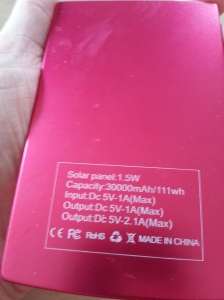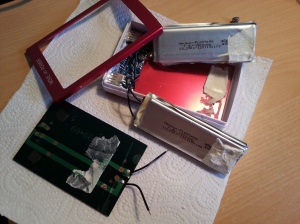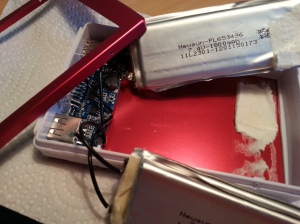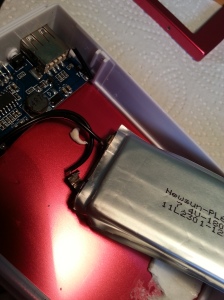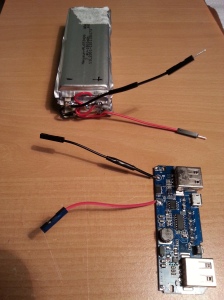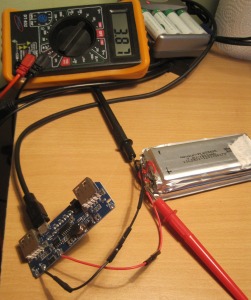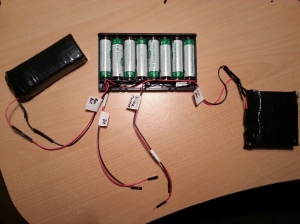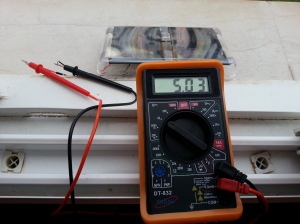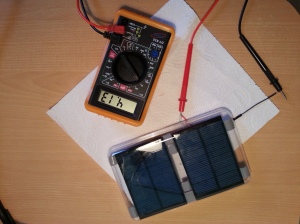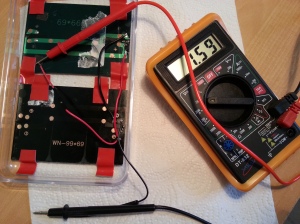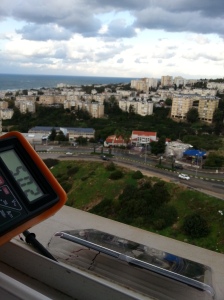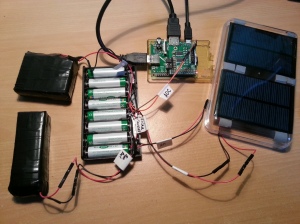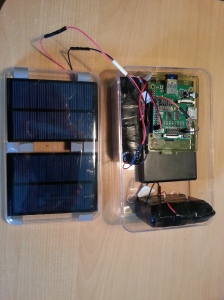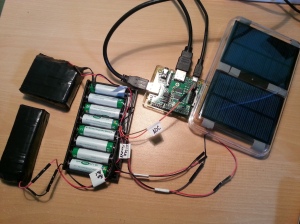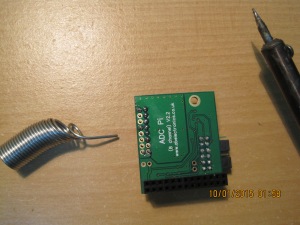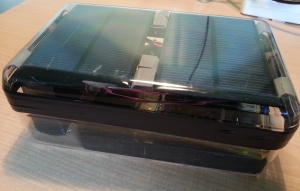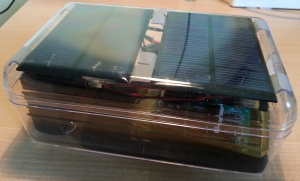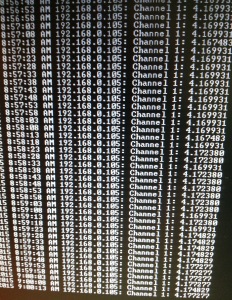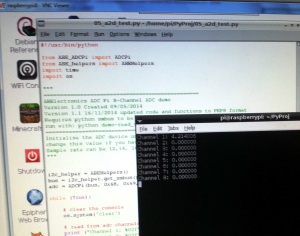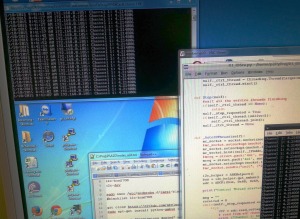Reviewed by Editor: Jack Allison
Experiment Goal:
To enable the following features:
– Increase current by adding of additional solar panels
– Reading and reporting of battery voltage so that the value may be tracked over time
Components:
– Raspberry Pi Model A+
– EDIMAX Wi-Fi Adatper (EW-7811Un)
– (2x) WN-11 1W 5V 180mA Solar Power Panel, 99 x 69mm (from “Move Power”).
– (2x) SS34 diodes (from “Move Power”)
– (1x) ADC Pi V2.2 8-channel A2D converter fro www.abelectronics.co.uk for reading the battery voltages
– (1x) Empty chocolate box of medium size form Ferrero Rocher
Rechargeable batteries (connected in parallel):
– (8x) rechargeable batteries AA 1.2V 3000 mAh
– (4x) New Sun-PL653494 7.4 V 1800mAh batteries (from “Move Power”)
– (3x) Unknown rechargeable batteries (from “Move Power”)
Experiment Description:
One more “Move Power” device was disassembled for spare parts (solar panel, diode, batteries and charging circuit). While specifying that it provides 30000 mAh, when taken apart, actually contains four 1800 mAh batteries. In previous case of disassembling of such a device these were three batteries of unknown capacity. In addition, some batteries were detached from what should have been the battery array (batteries soldered in parallel to each other). As a result, I had to recreate the battery arrays.
I have attached all battery arrays in parallel, creating one bigger battery array.
All this was connected to the solar array
To allow battery voltage reporting, an A2D converter was added after soldering on appropriate pins. Also additional wires were added from the battery to the ADC Channel1 for voltage sensing.
I have tried to keep everything detachable for better maintainability
Finally we have standalone box (larger than before) that should:
– recharge itself if there is no direct sunlight shining on and its solar panels
– keep RPi alive overnight
– report battery voltage through Wi-Fy via Multicast messages
SW Description:
See ADC related code samples, including data reader and data logger.
References:






